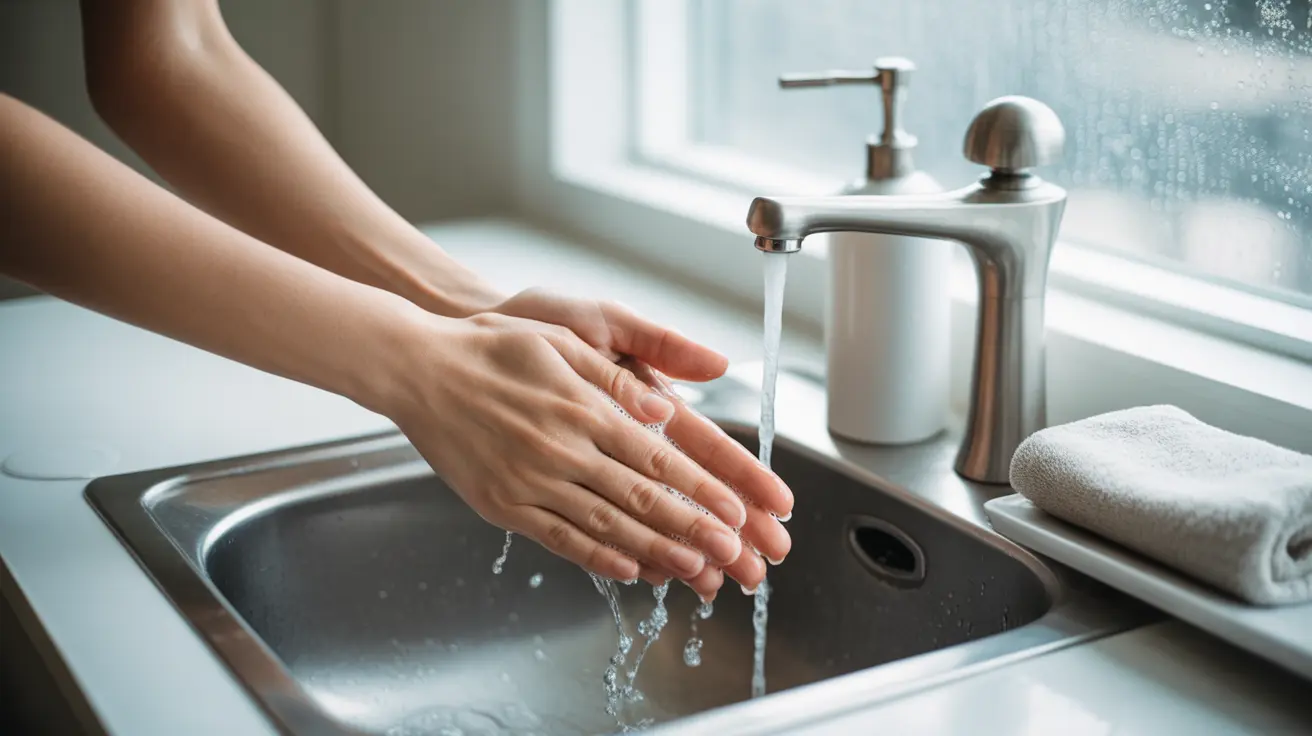Being exposed to someone with the flu can be concerning, but there are several immediate and effective steps you can take to reduce your risk of infection. Understanding these preventive measures and acting quickly can significantly improve your chances of staying healthy, even after close contact with an infected person.
This comprehensive guide will walk you through evidence-based strategies for protecting yourself after flu exposure, from immediate actions to longer-term immune system support.
Immediate Actions After Flu Exposure
The first 24-48 hours after exposure are crucial for prevention. Take these immediate steps to reduce your risk of infection:
- Wash your hands thoroughly and frequently with soap and water
- Avoid touching your face, especially your mouth, nose, and eyes
- Consider wearing a mask if you must remain in close contact
- Clean and disinfect shared surfaces
- Maintain physical distance from the infected person when possible
Proper Hand Hygiene Techniques
Effective handwashing is your first line of defense. Use warm water and soap, scrubbing for at least 20 seconds, paying special attention to between fingers and under nails. When soap isn't available, use an alcohol-based hand sanitizer with at least 60% alcohol content.
Strengthening Your Immune Response
Supporting your immune system immediately after exposure can help your body fight off potential infection:
- Get adequate sleep (7-9 hours per night)
- Stay well-hydrated with water and clear fluids
- Consume immune-boosting foods rich in vitamin C and zinc
- Consider taking vitamin D supplements
- Manage stress through relaxation techniques
Natural Immune Support Methods
Several natural remedies may help boost your immune system's response:
- Elderberry supplements
- Fresh ginger tea
- Raw honey
- Garlic
- Echinacea
Environmental Controls and Home Hygiene
Creating a healthier indoor environment can reduce viral transmission:
- Use HEPA air filters
- Maintain proper ventilation by opening windows
- Regular disinfection of high-touch surfaces
- Use humidifiers to maintain optimal humidity levels
- Separate personal items from those of infected individuals
Medical Interventions and When to Seek Help
In some cases, medical intervention may be necessary, especially for high-risk individuals:
- Consult healthcare providers about antiviral medications
- Monitor for developing symptoms
- Know the warning signs that require immediate medical attention
- Consider preventive treatment if you're in a high-risk category
Frequently Asked Questions
What immediate steps can I take to prevent getting the flu after being exposed to someone who is sick?
Take immediate action by washing your hands frequently, wearing a mask around the infected person, maintaining physical distance, and cleaning shared surfaces. Consider taking immune-supporting supplements and ensure you get adequate rest.
How effective are handwashing and mask-wearing in reducing flu infection after exposure?
Both methods are highly effective when properly implemented. Thorough handwashing can remove up to 99% of germs, while properly fitted masks can significantly reduce the transmission of respiratory droplets containing the virus.
Which natural remedies and lifestyle habits help strengthen my immune system to fight the flu?
Key natural remedies include elderberry supplements, vitamin C-rich foods, zinc, vitamin D, and adequate sleep. Staying hydrated, managing stress, and maintaining regular exercise can also boost immune function.
When should I consider antiviral medication like Tamiflu after close contact with the flu?
Consider antiviral medication within 48 hours of exposure if you're in a high-risk group (elderly, pregnant, immunocompromised) or have underlying health conditions. Consult your healthcare provider promptly for guidance.
How can improving home hygiene and air quality reduce the risk of catching the flu after exposure?
Enhance home hygiene by using HEPA air filters, maintaining proper ventilation, regular surface disinfection, and optimal humidity levels (30-50%). These measures can significantly reduce viral particles in your environment and lower transmission risk.




